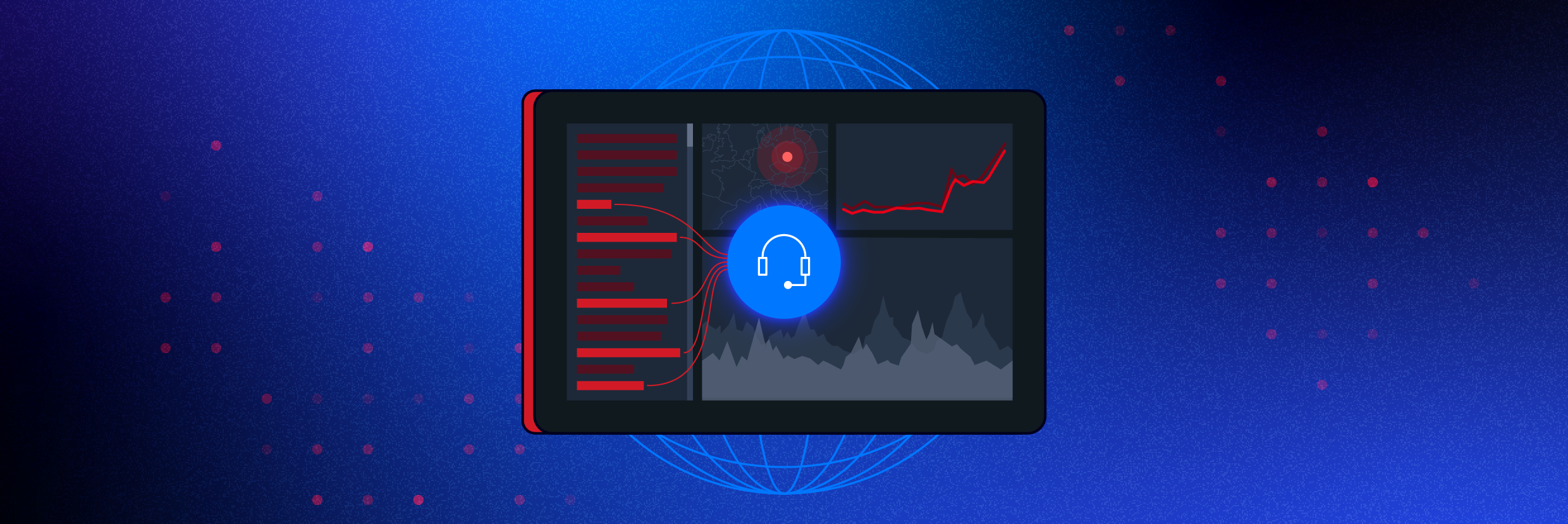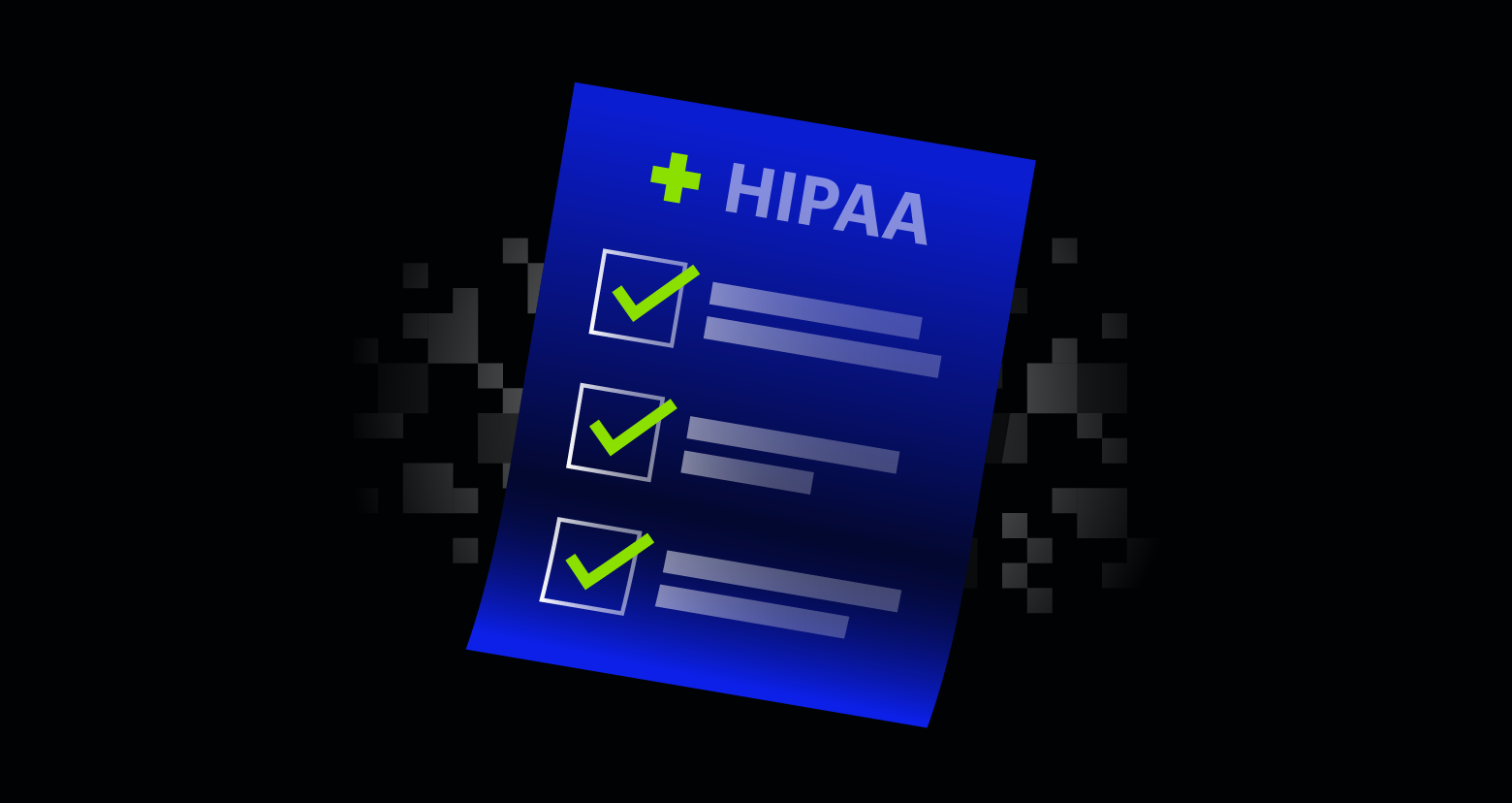-
 Data Security
Data SecurityApr 13, 2023
Your Guide to the 2023 RSA Conference
Varonis has compiled the top RSAC sessions you won’t want to miss. Follow our handy agenda to take advantage of everything RSAC 2023 has to offer.

Megan Garza
5 min read
-
 Data Security
Data SecurityApr 11, 2023
The Exact Data Security Roadmap We've Used with 7,000+ CISOs
Explore the Varonis data security roadmap for modern protection, aiding 7,000+ CISOs in compliance and safeguarding valuable data.

Rob Sobers
7 min read
-
 Data Security
Data SecurityApr 10, 2023
Global Threat Trends and the Future of Incident Response
The Varonis Incident Response team discusses recent global threat trends and shares why proactive IR is the future of data security.

Megan Garza
3 min read
-
 Data Security
Data SecurityMar 23, 2023
Top Cybersecurity Trends for 2023
We’ve pulled together top security predictions for 2023 to help you determine where you should heed caution and where you can breathe easily.

Megan Garza
5 min read
-
 Data Security
Data SecurityMar 22, 2023
Varonis Named a Leader in The Forrester Wave™: Data Security Platforms, Q1 2023
Varonis Named a Leader in the Forrester Wave™: Data Security Platforms, Q1 2023, receiving the highest score in the strategy category.

Avia Navickas
2 min read
-
 Data Security
Data SecurityMar 10, 2023
A Step-By-Step Guide to California Consumer Privacy Act (CCPA) Compliance
CCPA Compliance: Everything you need to know about protecting user data under the California Consumer Privacy Act.

David Harrington
10 min read
-
 Data Security Privacy & Compliance
Data Security Privacy & ComplianceMar 10, 2023
HIPAA Compliance: Your Complete 2025 Checklist
Is your organization ready to comply with 2025 HIPAA updates and changes? Ensure HIPAA compliance with our comprehensive checklist.

Daniel Miller
12 min read
-
 Data Security
Data SecuritySep 09, 2022
What Is a Data Leak? Definition and Prevention Tips
Learn why data leaks can be devastating for companies and how you can defend against them.

Nolan Necoechea
4 min read
-
 Data Security
Data SecuritySep 09, 2022
What Is Zero Trust? Architecture and Security Guide
Zero trust is a security model that protects against both malicious insiders and external attacks that have breached your perimeter.

Michael Buckbee
8 min read
-
 Data Security
Data SecurityAug 26, 2022
What is Mimikatz? The Beginner's Guide
Mimikatz is an open-source application that allows users to view and save authentication credentials like Kerberos tickets.

Michael Buckbee
4 min read
-
 Data Security
Data SecurityAug 19, 2022
How to Use Wireshark: Comprehensive Tutorial + Tips
Learn how to use Wireshark, a widely-used network packet and analysis tool. This tutorial has everything from downloading to filters to packets.

Kody Kinzie
7 min read
-
 Data Security
Data SecurityJul 22, 2022
What Is SQL Injection? Identification & Prevention Tips
SQL injection is a serious open web application security project (OWASP) vulnerability. Learn more about how to combat injection attacks in this article.

Alvin Mwambi
6 min read
SECURITY STACK NEWSLETTER
Ready to see the #1 Data Security Platform in action?
Ready to see the #1 Data Security Platform in action?
“I was amazed by how quickly Varonis was able to classify data and uncover potential data exposures during the free assessment. It was truly eye-opening.”
Michael Smith, CISO, HKS
"What I like about Varonis is that they come from a data-centric place. Other products protect the infrastructure, but they do nothing to protect your most precious commodity — your data."
Deborah Haworth, Director of Information Security, Penguin Random House
“Varonis’ support is unprecedented, and their team continues to evolve and improve their products to align with the rapid pace of industry evolution.”
Al Faella, CTO, Prospect Capital